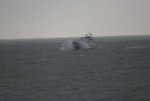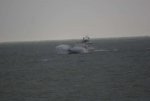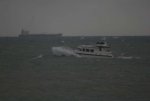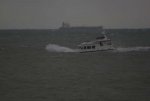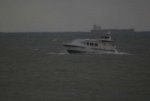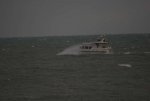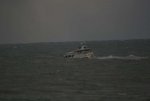Hardmy
Well-Known Member
LR, you did an impressive trip! You were also wise enough, to put together a capable crew. The navy guys had experience of sailing in poor weather, but on boats built for this purpose. So its reassuring that a pleasure craft like your Trader survived unscathed such hard treatment.
What amazes me the most is that she recovered apparently effortlessly from heeling up to 38° so there was still a reserve of righting moment! Sorry if its a bit OT, but did you try to ask Trader (or the builder Kha Shing) to get the stability curve of your boat? And how did you measure your heeling so accurately?
What amazes me the most is that she recovered apparently effortlessly from heeling up to 38° so there was still a reserve of righting moment! Sorry if its a bit OT, but did you try to ask Trader (or the builder Kha Shing) to get the stability curve of your boat? And how did you measure your heeling so accurately?


